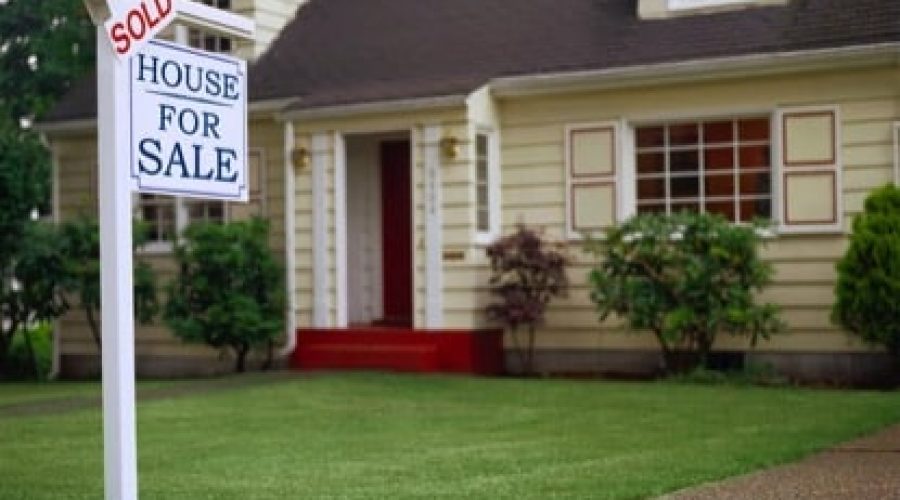At some point in time, the buoyant property markets of Sydney and Melbourne are likely to undergo a correction. So what will kill the property price boom and will you know it, if you see it?
Figures from data company CoreLogic show that the property market has softened. Melbourne house prices dropped by 1.5 per cent in November while Sydney prices rose by just 0.8 per cent. The combined capital city index grew by just 0.2 per cent over the month.
This comes as the latest gross domestic product (GDP) figures show that the economy is not growing as well as hoped.
Third quarter GDP data was very weak, declining by 0.5 per cent, missing consensus estimates for a 0.1 per cent fall. Annual GDP growth has now declined to 1.8 per cent to the lowest level since March 2009.
Slower growth presents a challenge for the Reserve Bank of Australia on rates.
The central bank won’t want to lower rates if it means stimulating house price growth and adding to the wealth gap between the haves and have-nots in Australian property ownership.
Such a challenge also gives rise to questions around what will halt or kill the current property price boom.
Property experts say that higher unemployment, a sharp rise in interest rates or a prolonged recession could all throw property prices into a tail spin.
To date price growth has been driven by lower rates, tax incentives, capital growth, undersupply relative to demand, and a herd-like mentality that if you don’t get in now, you’ll miss the boat entirely.
“There has been sentiment that I have got to get in now or I’ll miss the boat. I’m only 32 and this is the second time I have heard that. You know people say buy in now or forever hold your peace,” says Peter Arnold data and insights director at RateCity.
“Prices are very elevated and it will be quite a precarious next couple of years to have a soft landing from here.
“On interest rates we are seeing fixed rates go up, and we could have variable rates go up next year. I don’t think one rates rise is enough.
“With the housing market there are two big types of factors, financial and emotional ones. I think that’s where in Australia the property market is unique to other types of investments.
“It’s been driven by tax benefits, capital growth and it’s made sense for sometime. But that doesn’t mean it will always be the case.
“If we see a recession and economic growth slows further, high unemployment. That can mean if people do have to sell that can change the market sentiment.” said Mr Arnold.
Talk has recently resurfaced on tax reform, particularly changes in negative gearing are likely to make property less desirable.
“It is inevitable that it will happen at some point,” says Mr Arnold. “Hopefully that will be done so it doesn’t cause a major shock to the system. I don’t think it will be when you compare it to some cities which saw major shocks back in the GFC, there are places that were building over five new properties per person, such as Ireland.
Negative gearing, which allows property owners to claim tax benefits for expenses incurred while owning a property, has been appealed to investors and incentivised the quest to own multiple properties.
According to APRA’s latest quarterly property exposure statistics, released last week, interest-only home loans increased by almost $8 billion in the September 2016 quarter. These types of mortgages now make up 39 per cent of all residential home loans.
Nicki Hutley chief economists at property consultancy Urbis says while she sees a moderated price correction of about 5 per cent in the near future, she says a major correction is unlikely, but not impossible.
“If you look at any chart over a prolonged period of time you can see that we have had cycles in property as we do in the economy as a whole.
“The most recent one has been of a longer duration. Part of the reason has been that demand has kept ahead of supply.













